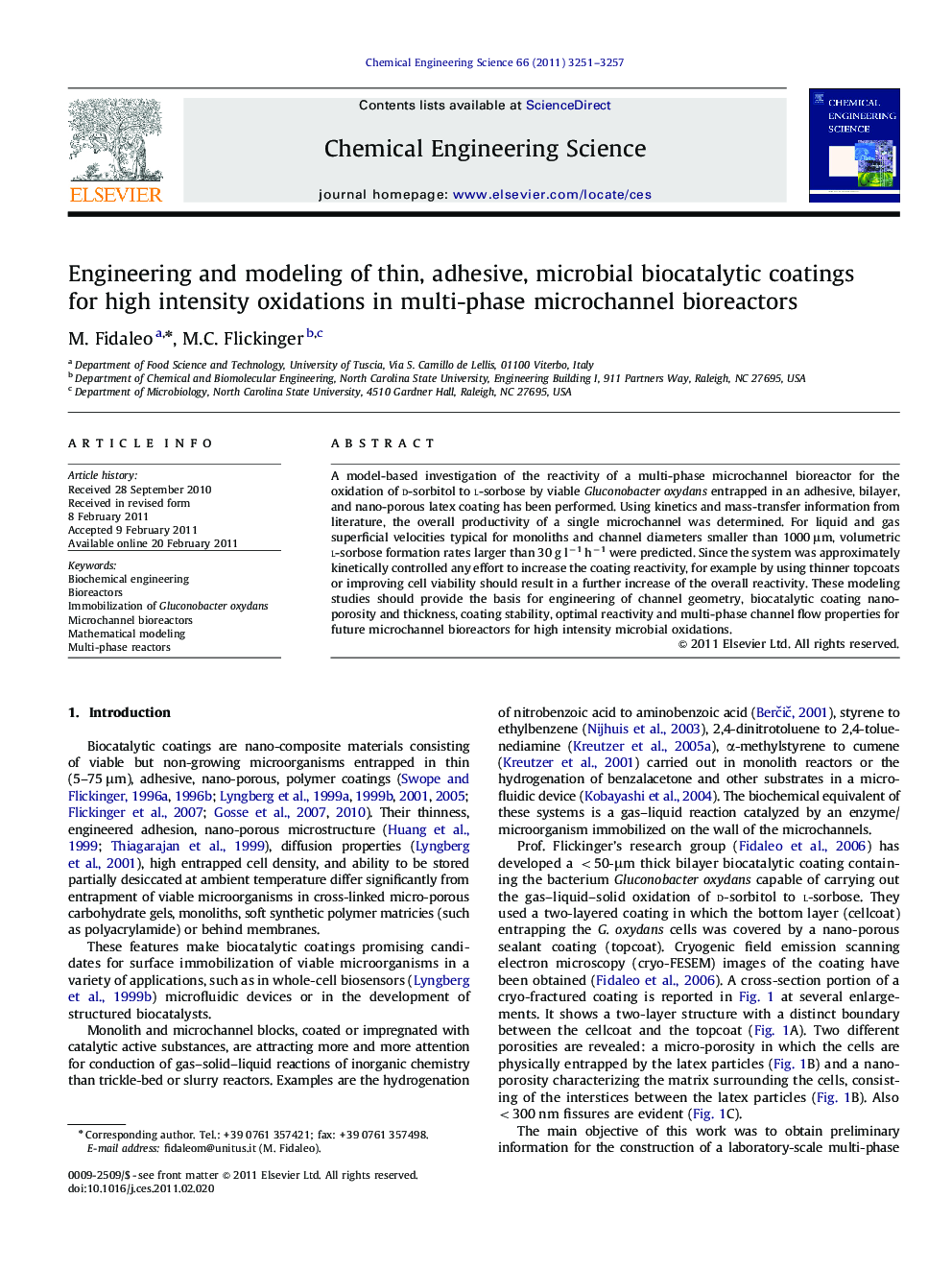| Article ID | Journal | Published Year | Pages | File Type |
|---|---|---|---|---|
| 156414 | Chemical Engineering Science | 2011 | 7 Pages |
A model-based investigation of the reactivity of a multi-phase microchannel bioreactor for the oxidation of d-sorbitol to l-sorbose by viable Gluconobacter oxydans entrapped in an adhesive, bilayer, and nano-porous latex coating has been performed. Using kinetics and mass-transfer information from literature, the overall productivity of a single microchannel was determined. For liquid and gas superficial velocities typical for monoliths and channel diameters smaller than 1000 μm, volumetric l-sorbose formation rates larger than 30 g l−1 h−1 were predicted. Since the system was approximately kinetically controlled any effort to increase the coating reactivity, for example by using thinner topcoats or improving cell viability should result in a further increase of the overall reactivity. These modeling studies should provide the basis for engineering of channel geometry, biocatalytic coating nano-porosity and thickness, coating stability, optimal reactivity and multi-phase channel flow properties for future microchannel bioreactors for high intensity microbial oxidations.
